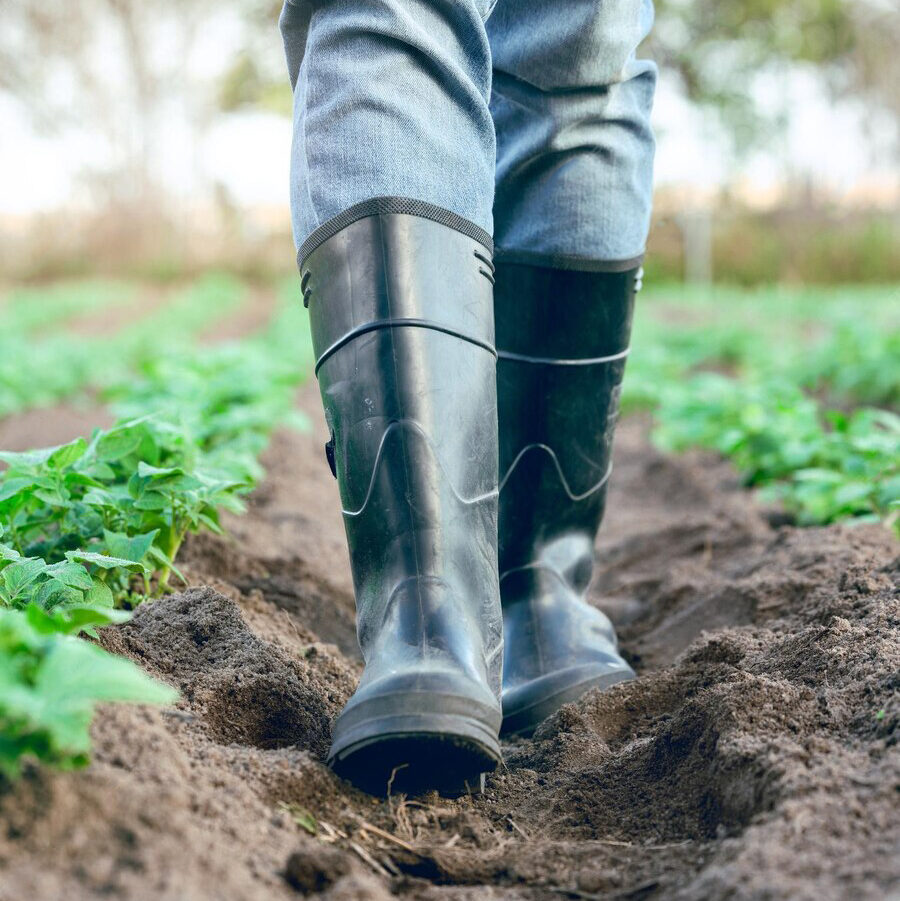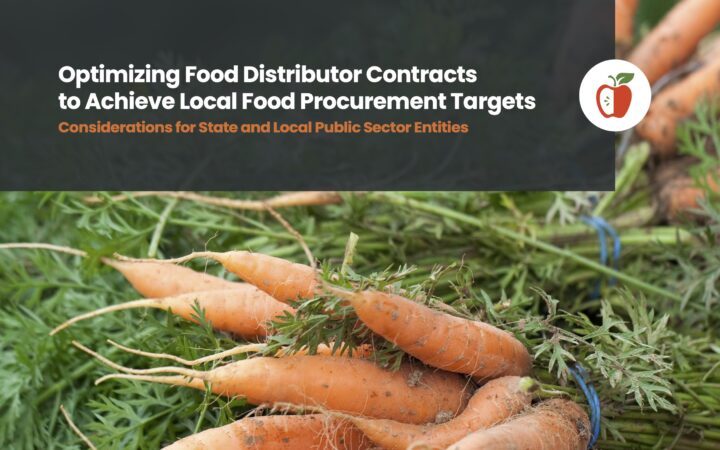Center for Agriculture and Food Systems
We equip students with professional expertise, create broadly accessible resources, and provide legal support in food and agricultural law and policy.

Resource Library
Browse 100+ reports, guides, issue briefs, fact sheets, and other resources.
Search Resources
Study with Us
Set within a top-ranked environmental law program, CAFS offers degrees and courses with a systems-based focus.
Learn MoreLatest News See all »

Meet the 2025 CAFS Summer Honors Interns
The 2025 CAFS summer honors interns are engaged in projects covering urban agriculture policy, seed industry intellectual property law, legal challenges in aquaculture, and more.

CAFS is Hiring: Legal and Policy Fellow
The Legal and Policy Fellow conducts research, supervises students, and develops legal and policy resources that provide approachable information to individuals and entities, including farmers, ranchers, and other food producers, as well as technical assistance and service providers, food system stakeholders, local governments, and other supporting organizations.

New HFPP Guide Focuses on Distributor Contracts to Help Procurement Teams Buy More Local Food
A guide from the Healthy Food Policy Project explores options for public sector procurement teams to adjust their contracts with food distributors to support local food goals.

New Resource Launch: State Farm to School Policy Handbook and Database: 2002-2023
Produced in partnership with the National Farm to School Network, the updated Handbook summarizes and analyzes every farm to school legislation introduced between 2002 and 2023, across all 50 states, the District of Columbia, and US territories.
Center for Agriculture and Food Systems
As a team of students, faculty, and staff, we partner with organizations nationwide to solve law and policy challenges that serve the broadest range of food system stakeholders.